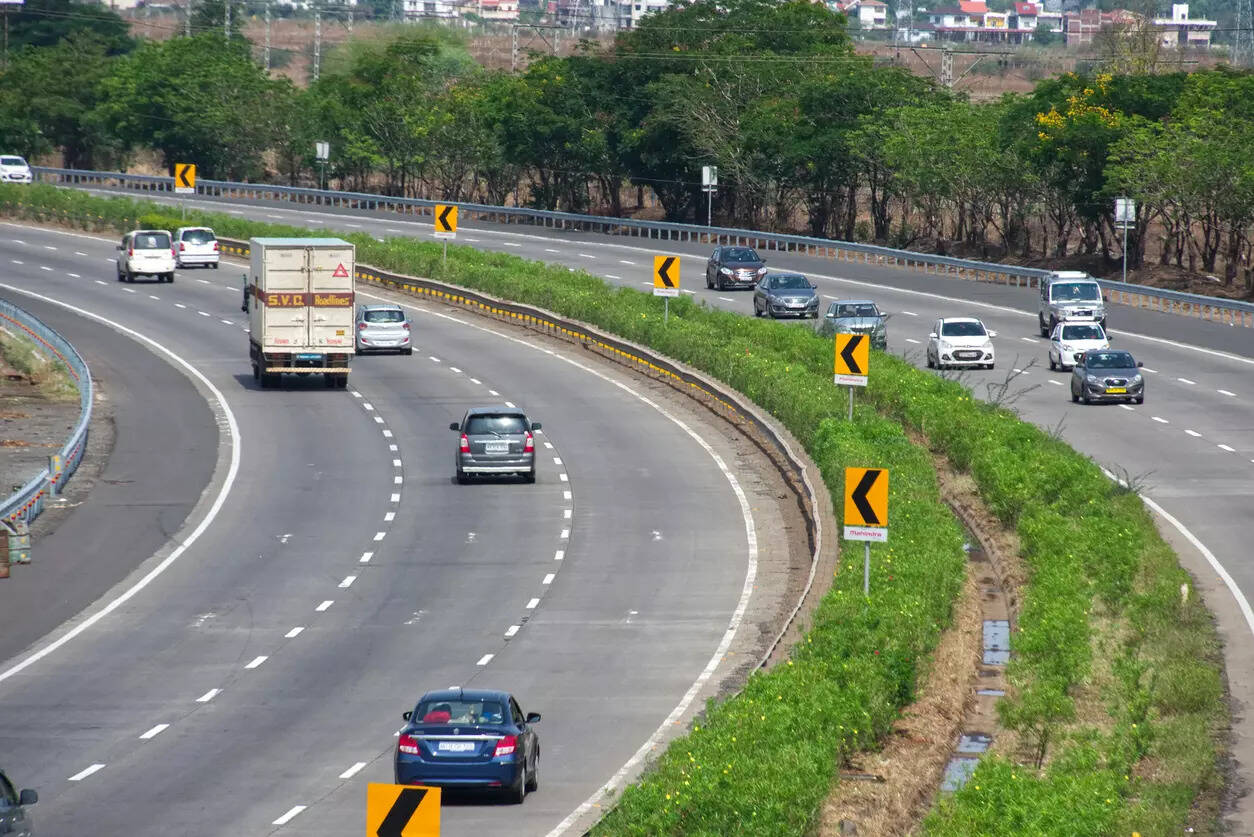
New Delhi: Ribbon development or construction of buildings along national highways is posing a challenge for the construction of a new parallel road/bypass.
Roadway services in India face challenges such as continuous ribbon development along highways, slow on-boarding of digital land records and long clearance cycles, leading to delays in project execution. However, the Government is proactively addressing these issues by focusing on developing access-controlled national highways and upgrading existing ones. Implementing single-window clearances is crucial for enhancing roadway services’ efficiency and effectiveness in India’s transportation network. Addressing these challenges will help realise the full potential of road infrastructure.
The development of expressways and corridors, along with the adoption of transformative initiatives to promote user convenience and environmental sustainability, have been the highlight of the recent road sector growth journey. Now, the government has started focusing on the development of access controlled NHs.
The government is also aiming to make all NHs a minimum of two lanes with paved shoulders standards. Another challenge is the slow on-boarding of digital land records, leading to land acquisition delays. This is further impacted by delays in approvals for forest and other environmental clearances.
A considerable portion of India’s cargo is transported via road. Accordingly, improving user convenience on National Highways (NH) is pivotal to enhancing overall NH quality. Toll digitization has drastically reduced waiting times at toll plazas, from 734 seconds in 2014 to 47 seconds in 2024. Initiatives like free flow tolling through Automatic Number Plate Recognition and the Global Navigation Satellite System will enhance tolling efficiency in the future.
The Ministry of Road Transport and Highways (MoRTH) has also devised a comprehensive ‘4E’ strategy – Engineering (roads and vehicles), Enforcement, Emergency Care, and Education – to elevate road safety standards on NHs.
The Government has utilized the PM Gati Shakti National Master Plan portal for network planning and congestion projections, leveraging big data from e-waybills and FASTag to estimate future transportation demand and enhance logistics efficiency. The focus on development of access controlled high-speed corridors has impacted the quality of NH network. The development of expressways and economic corridors is reducing travel time significantly, thereby spurring economic development.
Over the last ten years, there has been significant progress in the development of national highways, increasing by 1.6 times from 2014 to 2024. The Bharatmala Pariyojana has significantly expanded the national highway network, increasing the length of high-speed corridors by 12 times and 4-lane roads by 2.6 times between 2014 and 2024. Further, the efficiency of highway construction has improved due to the systematic push through the corridor-based National Highway development approach.
The average pace of NH construction increased by ~3 times from 11.7 km per day in FY14 to ~34 km per day by FY24. The remarkable improvement of the NH network has brought about substantial advancements in logistics efficiency. This is evidenced by the consistently rising India’s ranking in the World Bank’s ‘Logistics Performance Index, from 54 in 2014 and 44 in 2018, to 38 in 2023.

